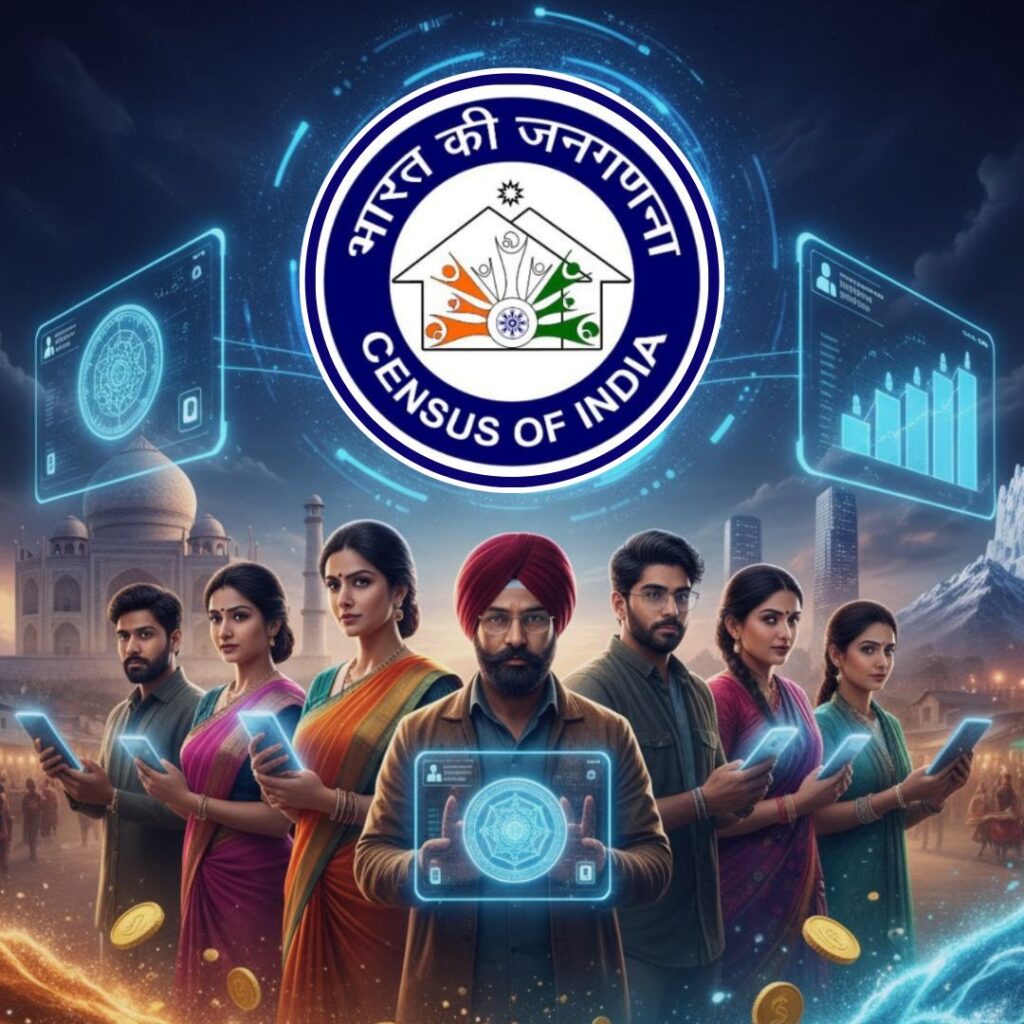The Union Cabinet today gave the nod for the implementation of the Shahpurkandi dam project on river Ravi, Punjab to stop wastage of excess water that currently flows downstream to Pakistan and in return provide that water to Punjab and Jammu & Kashmir.
Once the dam is built in 2022, it will provide irrigation channels to the farmers of Punjab and Jammu and Kashmir. Over five years from 2018-19 to 2022-23, the centre will provide a financial assistance of ₹485.38 crore for the irrigation part, an official statement by the committee said, reported The Hindu.
“Implementation of this project would help in minimising some of the water of the river Ravi which at present is going waste through the Madhopur headworks downstream to Pakistan,” said the statement.
Irrigation potential
This project has been in the pipeline for the last 17 years. At that time, the cost to the exchequer was calculated at Rs 2,285 crores and the project was at a halt due to the paucity of funds.
#Cabinet approves implementation of Shahpurkandi Dam on river Ravi in #Punjab. pic.twitter.com/5sjmS2Ox0L
— All India Radio News (@airnewsalerts) December 6, 2018
The decision to resume the project was taken by the Union Cabinet keeping in mind the Indus Treaty signed between India and Pakistan. The treaty signed in 1960, gave India full rights for the utilisation of the water of three rivers, namely Ravi, Beas and Sutlej.
Once the project is completed, 5,000 hectares in Punjab and 32,173 hectares in Jammu and Kashmir can be irrigated with the water. Punjab would also be able to generate 206 MW of hydro-power, the statement added.
“A bilateral agreement was signed between Punjab and Jammu and Kashmir in January 1979. As per the agreement, construction of Ranjit Sagar Dam (Thein Dam) and Shahpurkandi Dam was to be taken up by the Punjab government and the dam was commissioned in August 2000,” said the statement.
Indus Water Treaty 1960
Signed by the-then Indian Prime Minister Jawaharlal Nehru and then Pakistan President Ayub Khan, the Indus Water Treaty of 1960, which was brokered by the World Bank, talks about how Indus and its tributaries would be managed by the two countries. According to the treaty, Ravi, Beas and Sutlej are to be governed by India, while, Indus, Jhelum and Chenab are to be taken care of by Pakistan. While Indus is mostly in India, our country can use 20% of Indus’s water for hydroelectric power generation and irrigation purposes.
It does not mean that India cannot use any of the other rivers that are under Pakistan’s jurisdiction. India can use 20% of the water but only for non-consumptive purposes, that is, for hydroelectric power generation and irrigation purposes. India has not used this yet. The treaty allocates 80% of water from the six-river Indus water system to Pakistan. It must be noted that even though Indus flows from Tibet, China has not been included as part of the treaty. With the melting of the Tibetan plateau, the course of the river is going to change in the future. If China decides to interfere, it can stop the water for both India and Pakistan.
The validity of the treaty has been taken up in courts as the treaty was signed by the Prime minister of the country and not the President. The President of India is the official head of the state.
Also Read: Punjab: Molasses Leak From A Sugar Mill Kills Hundreds Of Fish & Turns River Beas Dark Brown













